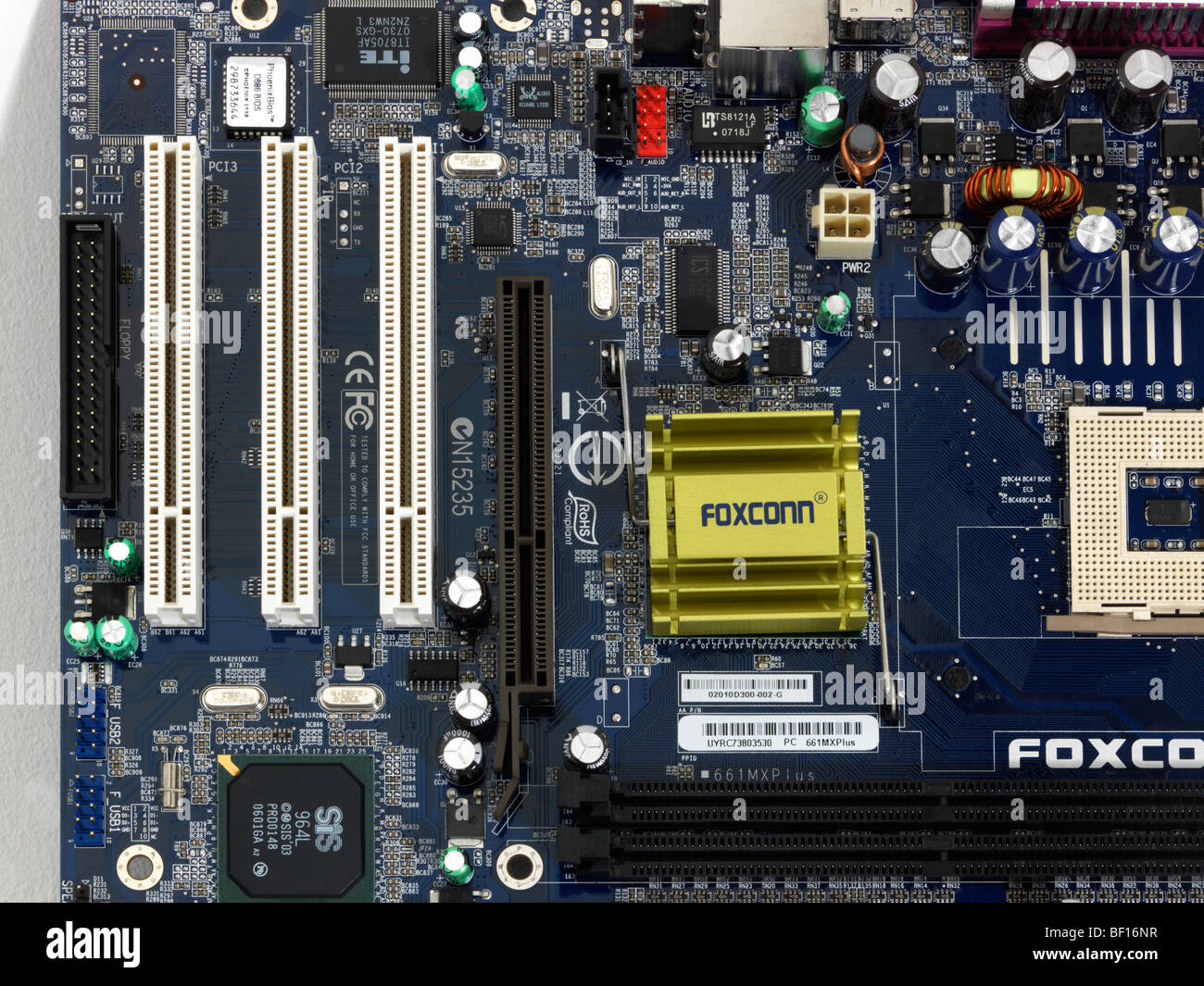
In today’s rapidly evolving technological landscape, a new era of transportation is dawning – one driven by the innovative concept of independent vehicles. These vehicles represent a groundbreaking shift in the way we think about mobility, offering a glimpse into a future where traditional modes of transportation are reimagined and revolutionized. With their ability to navigate and operate autonomously, independent vehicles hold the promise of reshaping the way we move from place to place, with far-reaching implications for safety, efficiency, and convenience.
Benefits of Independent Vehicles
Independent vehicles offer a new level of convenience for riders. With the ability to summon a vehicle with a simple tap on a mobile app, gone are the days of waiting for public transportation or trying to flag down a taxi. This on-demand service provides a seamless and efficient way to travel, putting the power of transportation in the hands of the user.
Safety is a key advantage of independent vehicles. https://damancasino.games/ These vehicles are equipped with advanced technology such as sensors, cameras, and artificial intelligence to navigate the roads safely. This technology allows for better decision-making on the road, reducing the risk of accidents caused by human error. Additionally, features like automatic emergency braking and collision avoidance systems enhance the overall safety of independent vehicles.
Another benefit of independent vehicles is their positive impact on the environment. Many independent vehicle providers are incorporating electric or hybrid vehicles into their fleets, resulting in reduced carbon emissions and a greener transportation option for users. By promoting sustainability and eco-friendly practices, independent vehicles contribute to a cleaner and healthier future for our planet.
Challenges in Adopting Independent Vehicles
One of the primary challenges in adopting independent vehicles is public perception. Many people are still hesitant to trust autonomous technology to safely navigate them from one location to another. There is a general skepticism towards the reliability and safety of independent vehicles, which hinders their widespread acceptance.
Another challenge lies in the legal and regulatory frameworks surrounding independent vehicles. Current laws and regulations are often not equipped to address the unique circumstances and requirements of autonomous vehicles. This creates uncertainty and barriers for manufacturers and developers looking to mass-produce independent vehicles for public use.
Lastly, the cost associated with developing and implementing independent vehicle technology poses a significant challenge. Building and perfecting the intricate systems required for autonomous driving can be a costly endeavor. This financial barrier may deter some companies from fully investing in the autonomous vehicle industry, slowing down the overall progress towards mainstream adoption.
Future Outlook
Looking ahead, the future of independent vehicles appears incredibly promising. With advancements in technology and an increasing demand for more efficient and sustainable transportation solutions, we can expect to see a continued growth in the development and adoption of independent vehicles. These autonomous modes of transportation have the potential to revolutionize the way we travel, offering greater convenience and safety for passengers.
Moreover, as self-driving technology becomes more sophisticated and widespread, we are likely to witness a shift in the traditional automotive industry towards a more autonomous and interconnected ecosystem. This transformation could lead to significant improvements in traffic flow, reduced accidents, and overall enhanced mobility for individuals across the globe. The integration of independent vehicles into existing infrastructure holds immense potential for creating smarter, more efficient transportation networks.
In conclusion, the era of independent vehicles presents a unique opportunity to reshape the future of transportation. From self-driving cars to autonomous buses and drones, the possibilities are endless. As we continue to innovate and explore new possibilities in this field, we can anticipate a future where independent vehicles play a central role in transforming how we move from one place to another.
